Affiliate links on Android Authority may earn us a commission. Learn more.
Flashback and Forecasts: HUAWEI in 2016
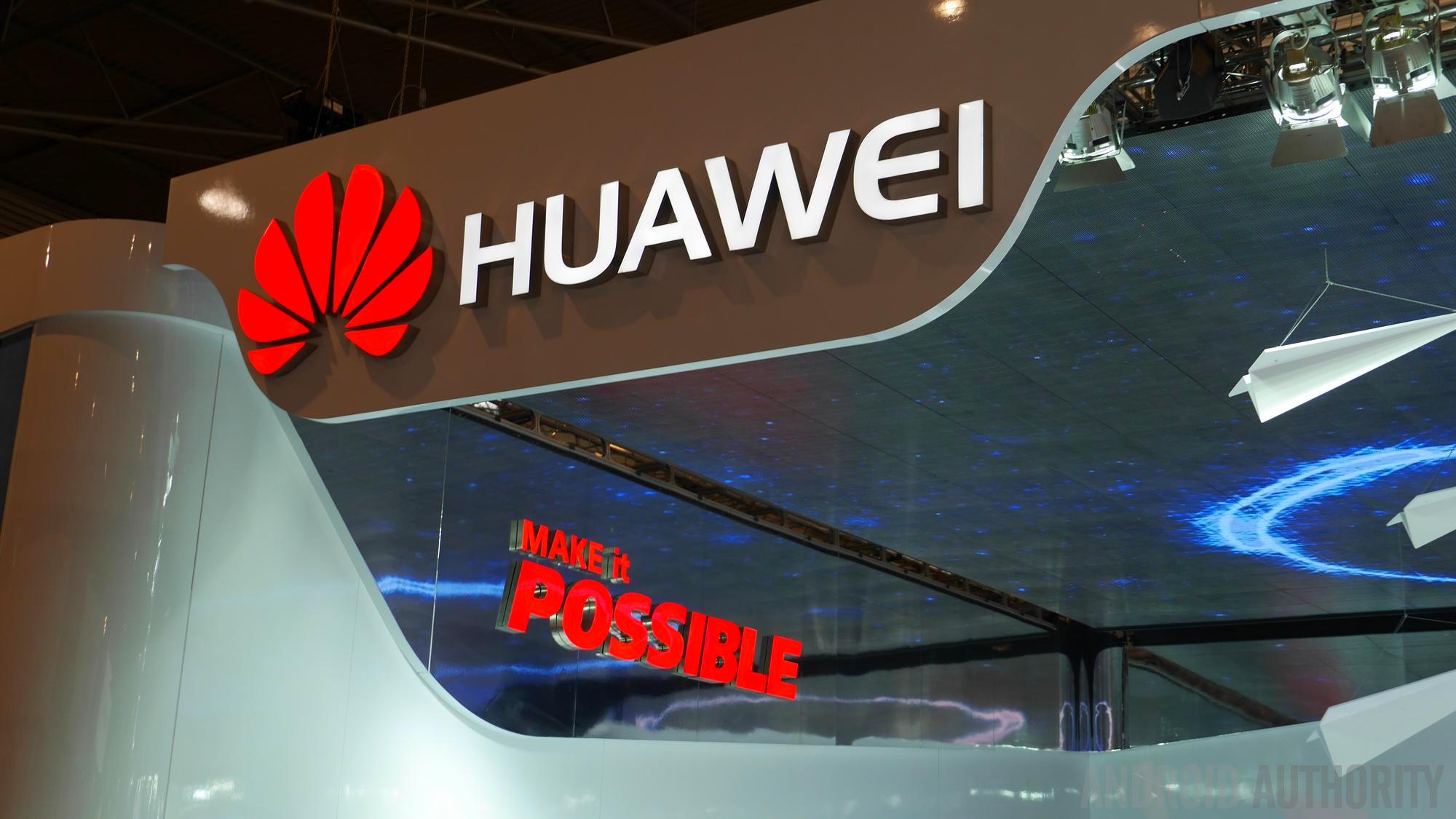
More than 1.4 billion Android devices are active around the world right now. Google’s mobile platform is a runaway success, at least from Google perspective. But while the people in Mountain View have every reason to be happy with Android, many of the companies that actually sell Android phones are in turmoil.
In 2015, Samsung, LG, HTC, Sony, and other big names have had to cope with elusive profits, fierce competition, and shifting consumer tastes. One big name bucked the trend: HUAWEI not only managed to ship more phones, it did so while improving its brand and international reach.
HUAWEI is on the cusp of greatness, but nothing is set in stone just yet. Will HUAWEI have another great year? Can this Chinese company establish itself in the West? What challenges await it in 2016?
From the same series:
HUAWEI in 2015: graduation
With a history spanning decades and a huge telecom business, HUAWEI is hardly an obscure company. That said, HUAWEI is not nearly as well established as other phone makers, even much smaller ones like HTC. Talk about HUAWEI with the proverbial “average customer,” and you might get a blank stare, or, at best, vague comments about its budget phones. That’s assuming they’ll even know how to pronounce “Huawei,”. It’s not just poor brand recognition – historically, HUAWEI’s reputation has been suffering due to its initial focus on cheap phones, as well as its perceived connection with the Chinese government.
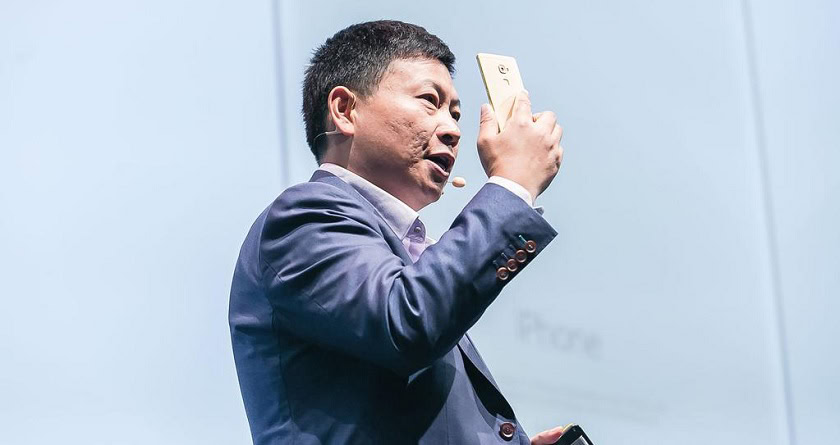
But things are changing. Over the past two years, HUAWEI has been slowly improving its reputation, thanks to a series of excellent releases at the high end, and cheap, but very capable models for the budget crowd.
2015 was the year when HUAWEI graduated to the big league, turning into a global player that customers, partners, and rivals take seriously. The groundwork for this transformation was years in the making, but it was only in 2015 that HUAWEI really gained the attention of the mobile industry at large.
True value
Following a 45% year-on-year jump in smartphone shipments in 2014, buoyed by its popular HONOR sub-brand, HUAWEI started 2015 with confidence. Joonsuh Kim, the company’s mobile design lead, talked to Android Authority about the company’s vision for smartphones, one that’s centered on the concept of “true value.”
[related_videos align=”center” type=”custom” videos=”585035,584626,584624,584625″]
For HUAWEI, true value doesn’t mean the cheapest phone, or the most feature-rich phone, it means providing the best device possible. Kim also touched on HUAWEI’s struggle to overcome its reputation. “Two years before, many people might have laughed at our vision. It was aggressive, and forced us to make big changes very quickly in the company.”
Proving skeptics wrong
When the first rumors about HUAWEI’s Nexus surfaced, some found them hard to believe. Would HUAWEI be able to deliver a quality Nexus phone? Would Google trust a Chinese phone maker with its new Nexus?
Skeptics were proved wrong in September when Google launched the Nexus 6P and the Nexus 5X, and HUAWEI had the honor of putting its name on the prestige device of the pair, the 6P. It was a big moment for a company that was still striving to be taken seriously very recently. Even better for HUAWEI, the Nexus 6P was received with enthusiasm. Some declared it the best Android phone ever released. Others professed love for its metallic design and high quality camera. Almost everyone agreed though that HUAWEI managed to finally deliver a no-compromise, premium Nexus experience.
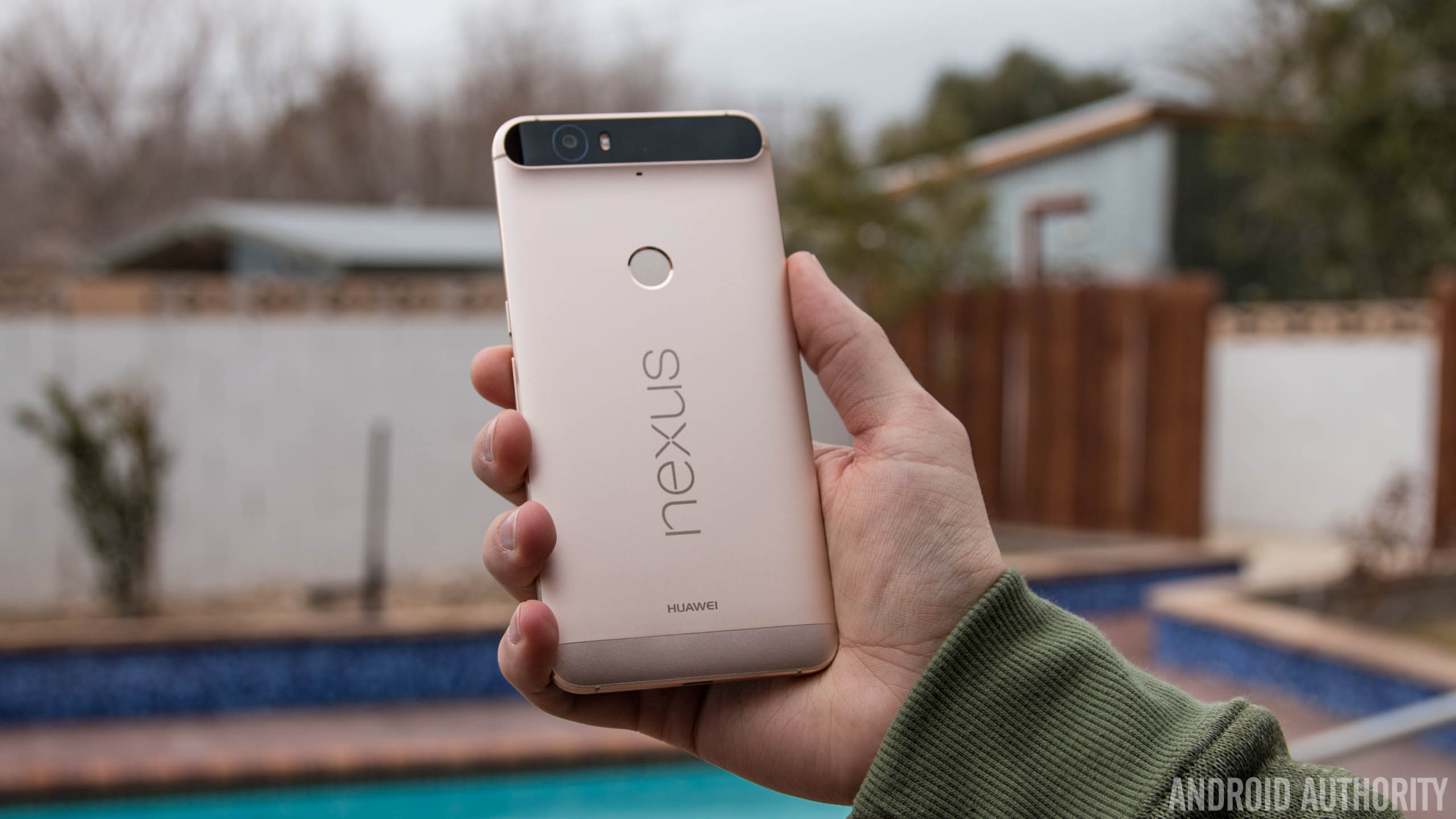
The Nexus 6P reflected positively on HUAWEI’s other devices. Released at IFA, a few weeks ahead of the Nexus 6P, the Mate S delivered the same great hardware in a smaller format, but it was the Mate 8, which launched in China towards the end of the year that really got our attention, with its flawless design and powerful specs. HUAWEI’s Watch was also well received, though by the time the smartwatch finally became available in stores, our interest in it was wearing thin.
They are far less glamorous, but HUAWEI’s HONOR phones had a big role to play in the company’s blowout performance from 2015. Twenty million HONOR devices were sold in the first half of 2015, the same as the total sales from 2014. By the end of 2015, HONOR contributed to around 40% of Huawei’s total sales, which reached a record 108 million units.
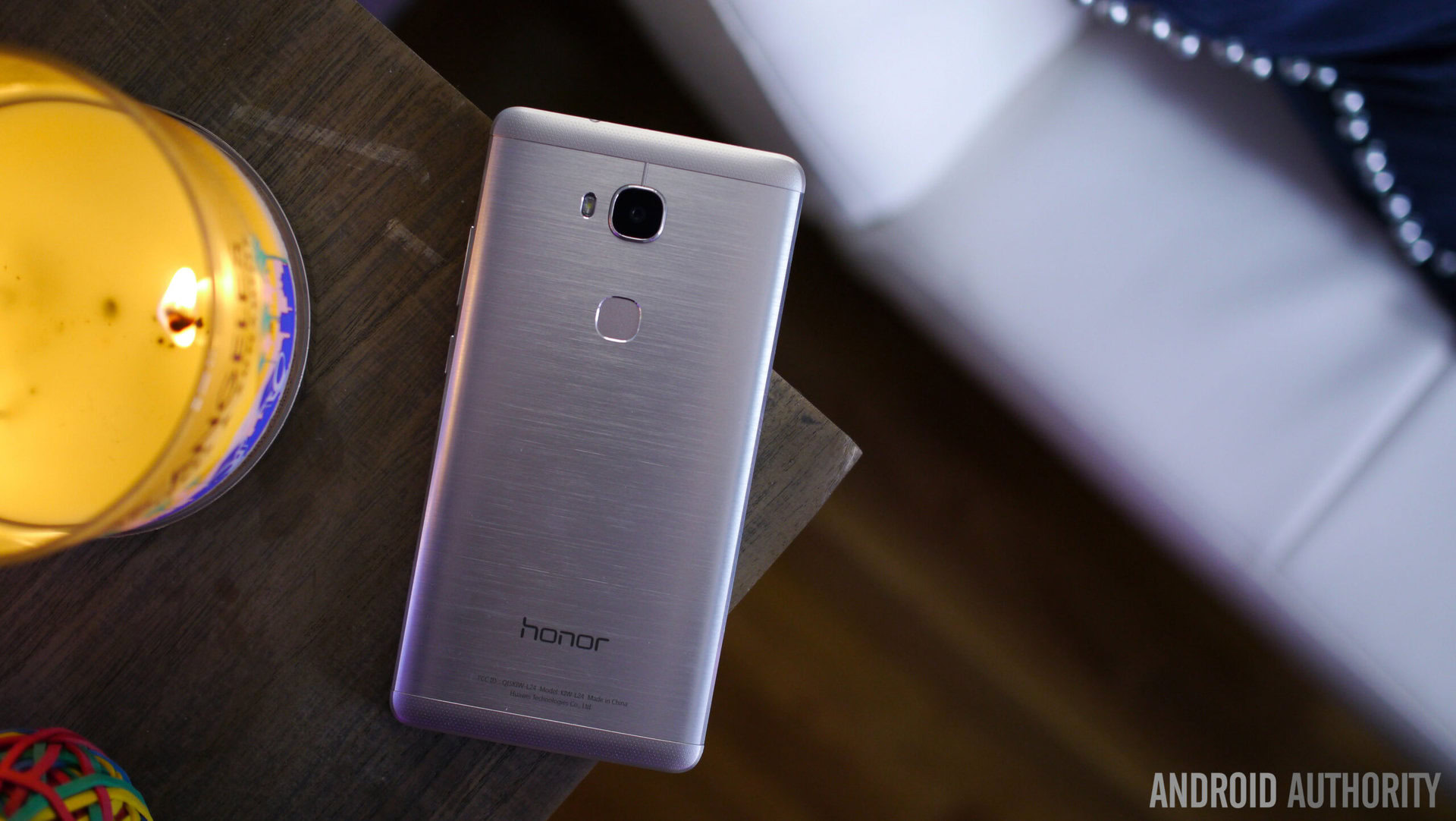
Following its new entry in 2014, HUAWEI also jumped six places in Interbrand’s top of the most valuable brands in the world. Sure, HUAWEI’s position (#88) is far for from its competitors’ (Samsung ranked 7th for instance), but it’s only going to get better over the next years.
Exploding sales, fast improving public perception, and growing brand value. That’s how we can summarize HUAWEI’s evolution in 2015. Can HUAWEI reach new heights in 2016?
HUAWEI in 2016: promise and peril
It’s easy to be optimistic about HUAWEI. The company is doing a lot of things right and it’s already taking advantage of the momentum it worked so hard to build up over the last years. But the road to the top is not without perils.
HUAWEI still has a long way to go until it can call itself a household name in the West. Sure, the Nexus 6P helped, but only a tiny fraction of consumers know what a Nexus phone even is. It will take a lot of effort, and even more money, to make the average customer care about HUAWEI – just think about how difficult was for Samsung to become a trusted brand in the US; even today, Apple is the default choice for many smartphone shoppers there. Plus, as my colleague Nirave put it, HUAWEI also needs to show people that it’s time to give up on their Made in China preconceptions.
External pressure
HUAWEI also has market saturation to deal with. Its biggest market, China, is still growing, but it’s showing signs of slowing down. Europe, another big market for HUAWEI, is already approaching saturation. As for North America, over 75 percent of all mobile users already have a smartphone, and many users are firmly entrenched in either Apple’s or Samsung’s camp. HUAWEI is doing well in many emerging markets, but it’s going to have to fight tooth and nail for new customers.
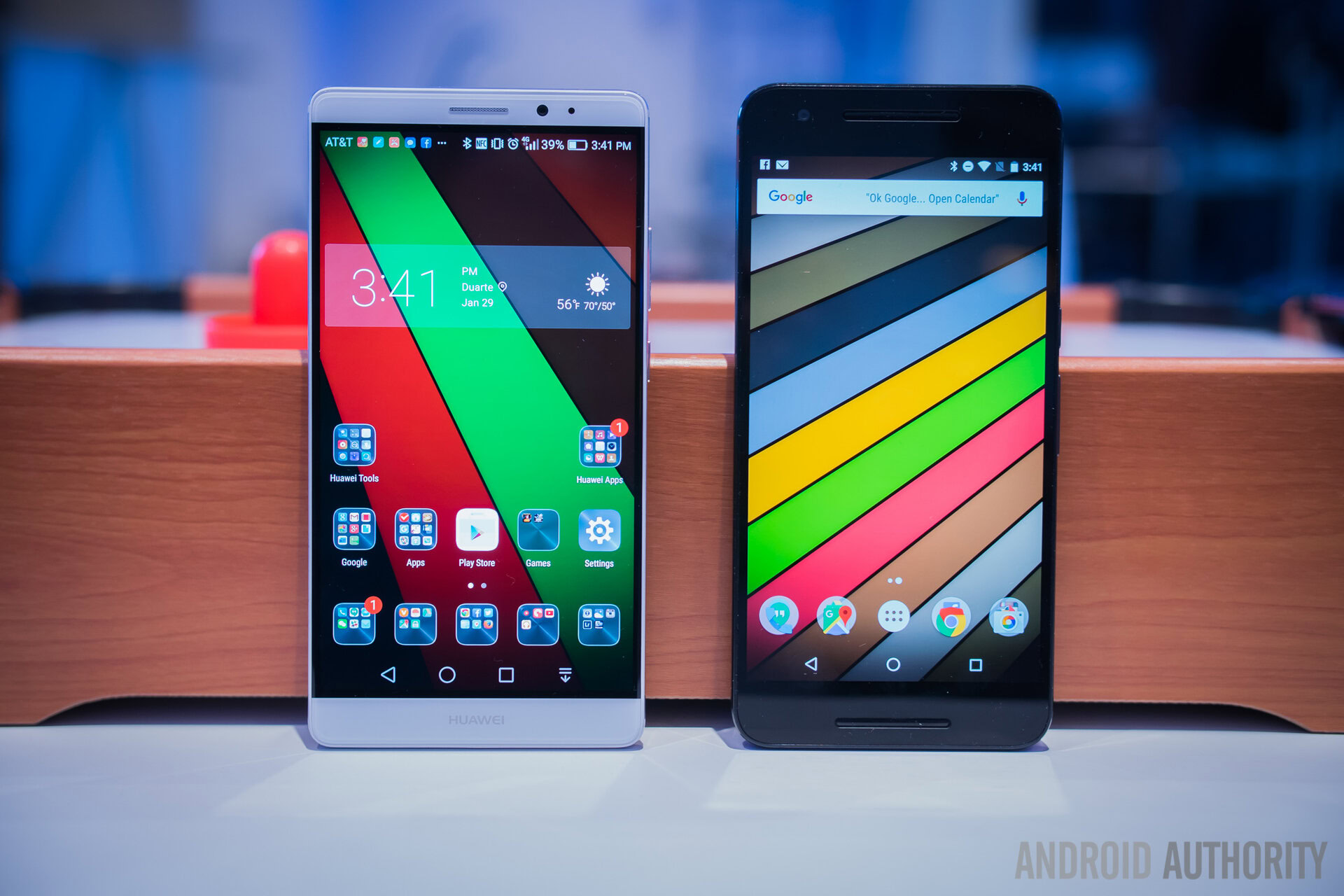
It’s never been easier to buy a decent smartphone on a budget, which is visible in the plummeting average selling price of Android phones. HUAWEI knows that customers are becoming more savvy and price-conscious; its HONOR line is designed exactly for these people. But cheap devices rarely attract a following – people who buy HONOR this year will happily jump ship if Xiaomi offers something similar at a lower price next year. So, while HUAWEI is wise to cultivate the low-end, it has to impress the upscale market. That is probably why the Mate 8 commands such a high price – HUAWEI could have sacrificed margins, and sold a lot more units, but that’s not the point. The point is to create cachet, a prestige device that shows HUAWEI is just as good as Samsung or Apple or Sony. It appears to be working: a ton of devices released in China feature designs that are inspired, in various degrees, by HUAWEI.
The weakest link
HUAWEI makes great hardware. Its industrial design is top notch. Performance is blazing fast. In 2016, it needs to sort out its software, which right now is a mess. The software on the Mate 8 feels half-baked, and that’s generous to say. The best example is the notification drawer text, which is almost unreadable due to the translucent background. It boggles the mind that such a basic issue passed through multiple levels of quality assurance. It’s not just poor design – features like Knuckle Drawing sometimes don’t work at all. And then there’s the iOS influence that is visible throughout the operating system. At the very least, HUAWEI should consider offering two software versions: its current, iOS-like design in China, and a toned-down, more stock design for the rest of the world.
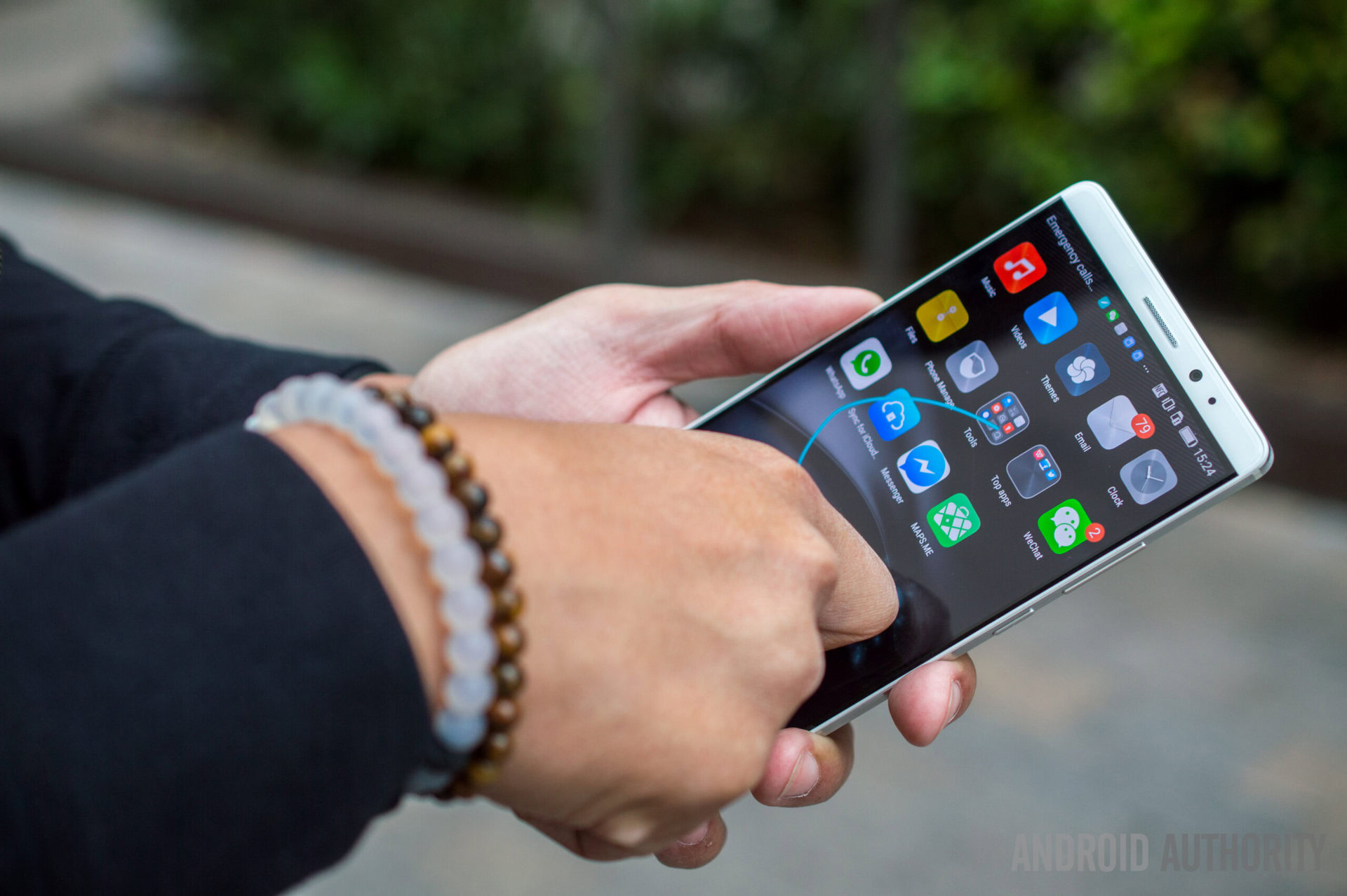
HUAWEI also needs to fix its update policy. The proverbial “average customer” we mentioned before doesn’t really care about them, but there’s no better way to obtain the endorsement of Android fans. Up until this year, HUAWEI hasn’t bothered with releasing timely updates, but there are signs that’s changing: the Mate 7 has a Marshmallow beta (after waiting for Lollipop for more than a year!) and even HONOR devices have a timeline for Marshmallow updates.
From strength to strength
In terms of opportunities, we can mention HUAWEI’s continued relationship with Google, its strength in SoC manufacturing, and a potential deal with Samsung to use Edge-style curved displays on its phones.
Google has been rumored to be returning to China for over two years, with HUAWEI often mentioned as a likely partner. HUAWEI could benefit from the Internet giant’s clout to further solidify its position in the huge Chinese market.
The Mate 8 is proof that HUAWEI’s Kirin processors can give Qualcomm and Samsung a run for their money. Featuring the new Cortex A72 architecture from ARM and a Mali T880 GPU, the Kirin 950 is blazing fast, and that’s visible in the silky smooth performance of the Mate 8. Thanks to its strong SoC capabilities, HUAWEI is sheltered from problems like the Snapdragon 810 overheating fiasco that plagued several Android OEMs last year.
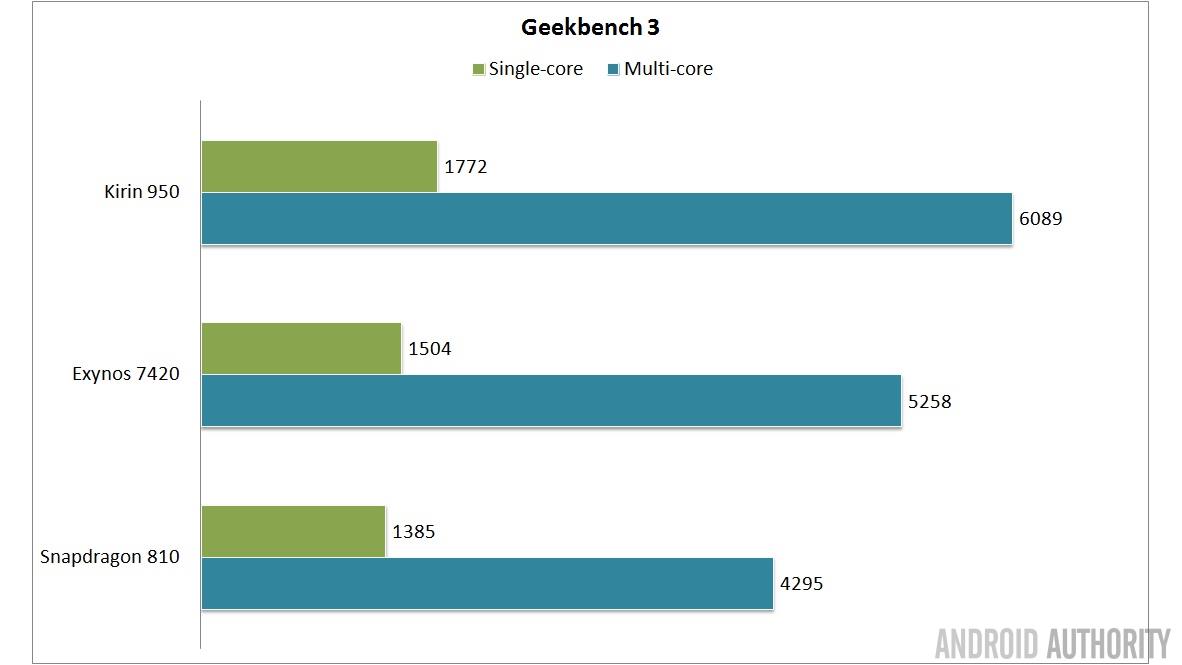
Finally, HUAWEI’s use of Samsung-made OLED displays can be considered an advantage, as the market moves towards OLED as the top premium display technology. There are even rumors about HUAWEI utilizing curved displays on phones coming out this year – if HUAWEI manages to coax Samsung into selling its Edge technology, it could further differentiate its products.
From the same series:
Wrap up
In the turmoil of the Android world, HUAWEI stands out through its scale, its growth, and its potential. Whereas some bigger names struggle to stay afloat, HUAWEI is undeniably the rising star of the industry. That doesn’t mean nothing can go wrong – there are still big problems that HUAWEI needs to solve, from its poor international recognition, to its subpar software. But if there’s any company that we can see threatening Samsung’s reign in the next couple of years, it’s HUAWEI.